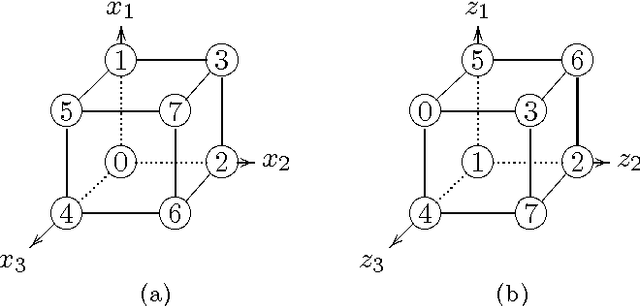William Macready
Distributed Constrained Optimization with Semicoordinate Transformations
Nov 05, 2008



Abstract:Recent work has shown how information theory extends conventional full-rationality game theory to allow bounded rational agents. The associated mathematical framework can be used to solve constrained optimization problems. This is done by translating the problem into an iterated game, where each agent controls a different variable of the problem, so that the joint probability distribution across the agents' moves gives an expected value of the objective function. The dynamics of the agents is designed to minimize a Lagrangian function of that joint distribution. Here we illustrate how the updating of the Lagrange parameters in the Lagrangian is a form of automated annealing, which focuses the joint distribution more and more tightly about the joint moves that optimize the objective function. We then investigate the use of ``semicoordinate'' variable transformations. These separate the joint state of the agents from the variables of the optimization problem, with the two connected by an onto mapping. We present experiments illustrating the ability of such transformations to facilitate optimization. We focus on the special kind of transformation in which the statistically independent states of the agents induces a mixture distribution over the optimization variables. Computer experiment illustrate this for $k$-sat constraint satisfaction problems and for unconstrained minimization of $NK$ functions.
 Add to Chrome
Add to Chrome Add to Firefox
Add to Firefox Add to Edge
Add to Edge